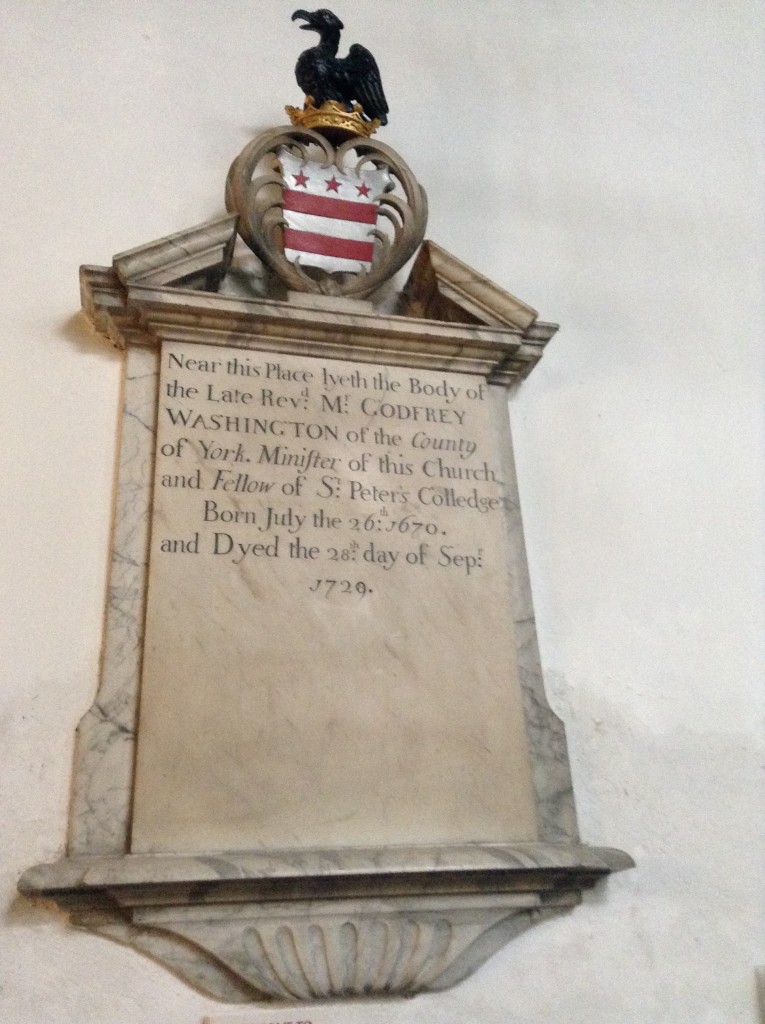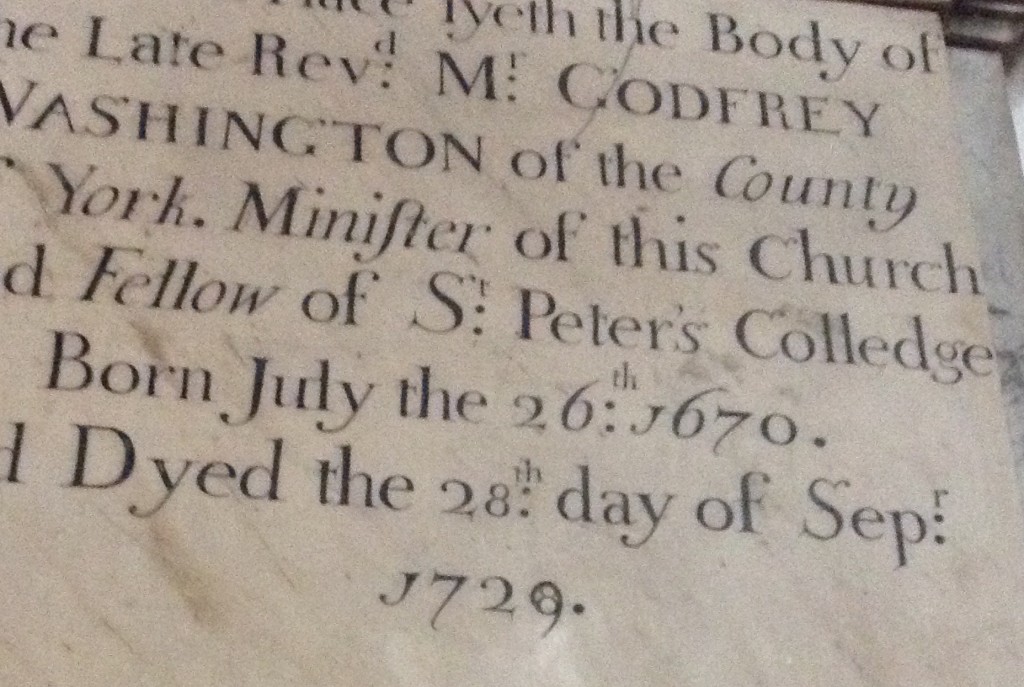I’ve been mulling over the relationship between the spoken and the written quite a bit recently, along the lines of a blog I posted ages ago about how children learn to read. And I’ve just come across the latest New Yorker, a 90th-anniversary special, which contains the ruminations of Mary Norris, a copy-editor at the journal for many decades. ‘An editor once called us prose goddesses; another description might be comma queens’.
Norris is particularly interested in the comma, and in the ‘serial comma’ or ‘Oxford comma’, the comma that comes before ‘and’ in a list of three or more things. ‘My favourite cereals are Cheerios, Raisin Bran, and Shredded Wheat’. She cites some cases where the serial comma really does resolve ambiguities (‘This book is dedicated to my parents, Ayn Rand and God’), although she suspects that it is going to disappear, along with lots of other punctuation, as communication becomes ever more rapid, engagement more cursory. Norris remains maximalist about her punctuation:
‘Suppose you’re not in a hurry. Suppose you move your lips when you read, or pronounce every word aloud in your head, and you’re reading a Victorian novel or a history of Venice. You have plenty of time to crunch commas. … I remain loyal to the serial comma, because it actually does sometimes prevent ambiguity and because I’ve gotten used to the way it looks. It gives starch to prose, and can be very effective. If a sentence were a picket fence, the serial commas would be posts at regular intervals’.
Starched prose, picket-fence prose–I like these attempts to grasp at the difference that punctuation makes. Also the idea that the density of punctuation has something to do with the pace of reading, and the degree of verbalization or aural engagement. Or is this just a false nostalgia? Whatever it is, Norris’s piece is a lovely tribute to a profession that is not mere harmless drudgery, but ‘draws on the entire person: not just your knowledge of grammar and punctuation and usage but also your experience of travel, gardening, shipping, singing, plumbing, Catholicism, Midwesternism, mozzarella, the A train, New Jersey’.


